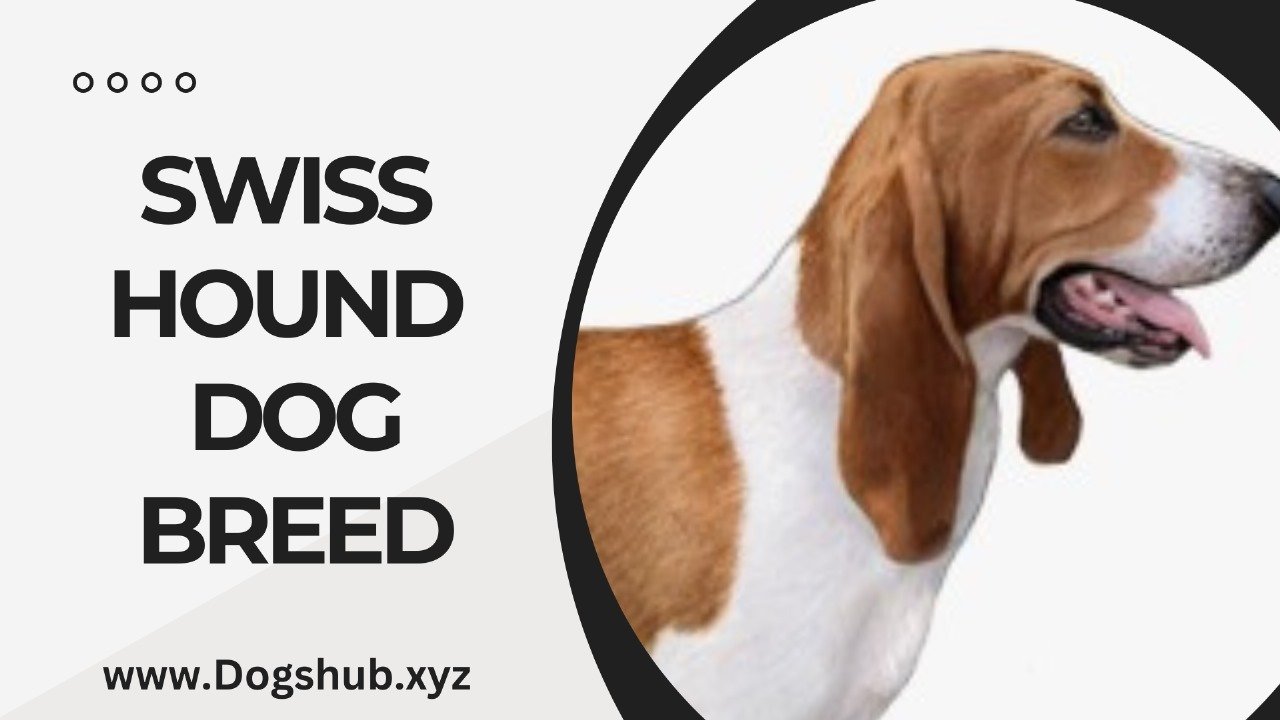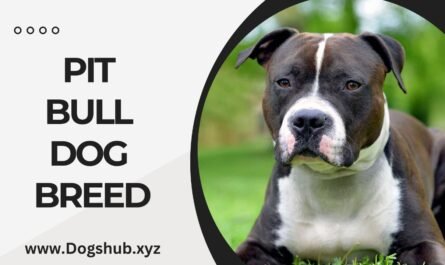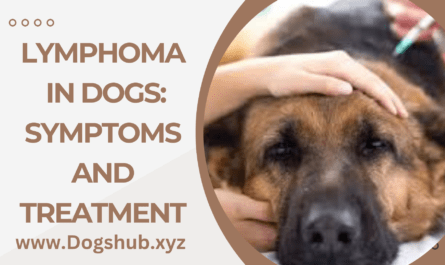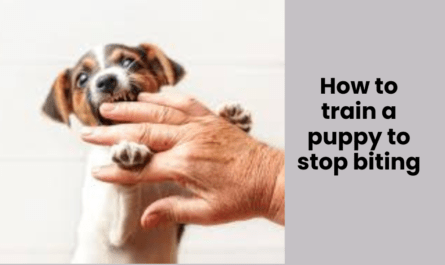It is believe that the Swiss Hound is reputedly one of the Group of Hounds’ earliest breeds. Swiss work dogs are one of the desirable, alike to a note written in the 15th century by Ernst who was Elector of Saxony (1441-1486). Dogs in packs “with the same color and the same size, large heads and very long ears” appear in photographs dating from in the seventeenth century.The German dog writer Richard Strebel declared three centuries later in “Die Deutschen Hunde” (German breeds of dogs, 1903-1905) that the breeds of dogs that had evolved on their own were those living in the small area in Switzerland.
Despite breeding Schwyz, Bernese, and Lucerne dogs, it was evident in the year 1890 that bloodhounds of purebre were doome to end up dying in Switzerland. Some hounds were taken to Scandinavia to be mixing with native hounds and which was the case with Stovares (scandinavian dogs) which were thriving. However, at the same at the same time they were disappearing. Thurgauer Laufhund was mysteriously gone within Switzerland as did the Aargauer Laufhund was replace by Jura Hound (Bruno Jura Hound).

The Schweizerische Laufhunde-Club (Switzerland Hound Club) was form around 1903, by J. Dust del Swiss Kennel Club In 1907, an appeal was launch for the preservation of the Swiss Hound. Then, a remarkable event occurred. The breed club bought the best Swiss dogs and gave hunting shrewd hunters as well as breeders. Only one dog at a given time could hunt; the dogs were require to remain in control while hunting for wild game. Dogs that disappeared while hunting were require to return within 30 minutes. the dogs had to be return immediately after the horn went off regardless of whether hunting dogs were in the area. The test rules and regulations were formulate. Following these rules and regulations, you can pass they were able to pass the test.
Breed Information
Another Name Schweizerischer Niederlaufhund
Origin Switzerland
Height Males 36-38 cm
Females 33-36 cm
Weight 10-16 kg
Fur Smooth
Color White, with black and reddish brown undercoat. Black with a reddish-brown-reddish undercoat. Blue-black with spots of black; white with orange-red spots. the white color has orange red spots
Timeline 10-14 years
FCI Classification Scent Hounds and other breeds
Group Hunting dogs
Appearance
It’s the Small Swiss Hound is a tiny dog, some might even call it tiny, but it’s stylish and strong. Its beautiful neck is support by the long, narrow skull. The strong limbs as well as a slim tail that rises when stimulated complete the well-developed chest. With round eyes, long ears are dangling downwards. These Small Swiss Hound representatives can attain up to 45cm in length and weight up to 15 kilograms at their highest. Apart from having a similar body type and style short-legged Swiss hounds are also recognize by their colour:
* Small Bernese Hound: white with black saddle or black spots with underpain.
“Small Jura Hound: Pale with chapper in black. Sometimes with black smoke; dark and tan. A tiny white spot on the chest is acceptable.
“Another” Lucerne Hound: blue (of white and black hair) and dense mottling black the black saddle and underpain. Cheprak in black is permitte.
* A small Schwyz Hound: white with orange orange saddle Chepraks in orange are accept.
Character
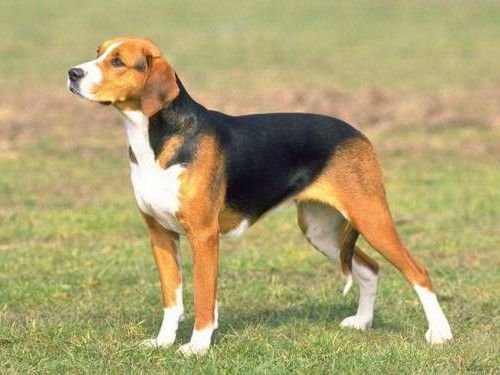
It is the Small Swiss Hound is a robust breed of dog that has a keen sense of smell and an earringing bark that is similar to the larger breeds. The breed is quite amiable and has a balanced personality. The breed is quick to switch; on the course of a hunt, their peace at home can be substitute with an intense and constant chase. This breed is renown for their unwavering loyalty to the owner, and its determination to follow him to beyond the limits of globe. Dogs of this breed are very cautious of strangers and not openly assault a person. They can serve as a guard dog and will respond with sensitivity to unusual noises or rustles.
Care
Breeders of the breed tiny Swiss Hound is not fussy at all, and doesn’t mind cold temperatures. The small hunters’ dignity is taken care of by breeders. The Small Swiss Hound may get bored and begin screaming and whining loudly if being left on its own. In such a case it’s accurate to purchase a handful of young pups from this breed immediately or have them raised in the home of the owner with his entire family. They won’t get bored certain. Walking regularly in the fresh air is the main necessity for keeping fit. The energy and speed of the dog’s tiny body should be release regularly, not growing. Hair that is short does not have to undergo shed, it’s satisfying to clean the pet’s coat with a moist towel following walks. Brushing your teeth, washing the eyes and ear cleaning are all daily practices that shouldn’t be ignore.
Instruction
Smaller Swiss Hounds are simple to train even for the average beginner. They are very clever and swift in picking the nuances of things. Socialization early is essential to allow your dog to be able to interact with the other cats and dogs, and perhaps even become close with the animals. Engaging him in play and reward him with food after you give him a good command is a wise choice.
Typical Illnesses
A Small Swiss Hound is known for its health and strength. An example that is well groomed of an Small Swiss Hound that is given a nutritious diet and enjoys unlimited access to the natural world rarely suffers. These breeds are more prone to ear canal inflammation because of the structure of their big ears. Otitis media chronic is made worse because of airflow obstructions, and it is important to pay attention to the health in the ear canals of these breeds.
Nutrition
The dogs who weigh less should pay greater focus on their diet. The right diet is even more important. It is essential that the diet be strictly adhere to in order to pack all essential ingredients into a small portion of food. The base of the Small Swiss Hound dog’s diet comprises small portions of lean, raw meat. The meat broth is a great ingredient to create a rich vegetable soup. Also, milk can be utilize to make porridges and liquid oatmeal.

